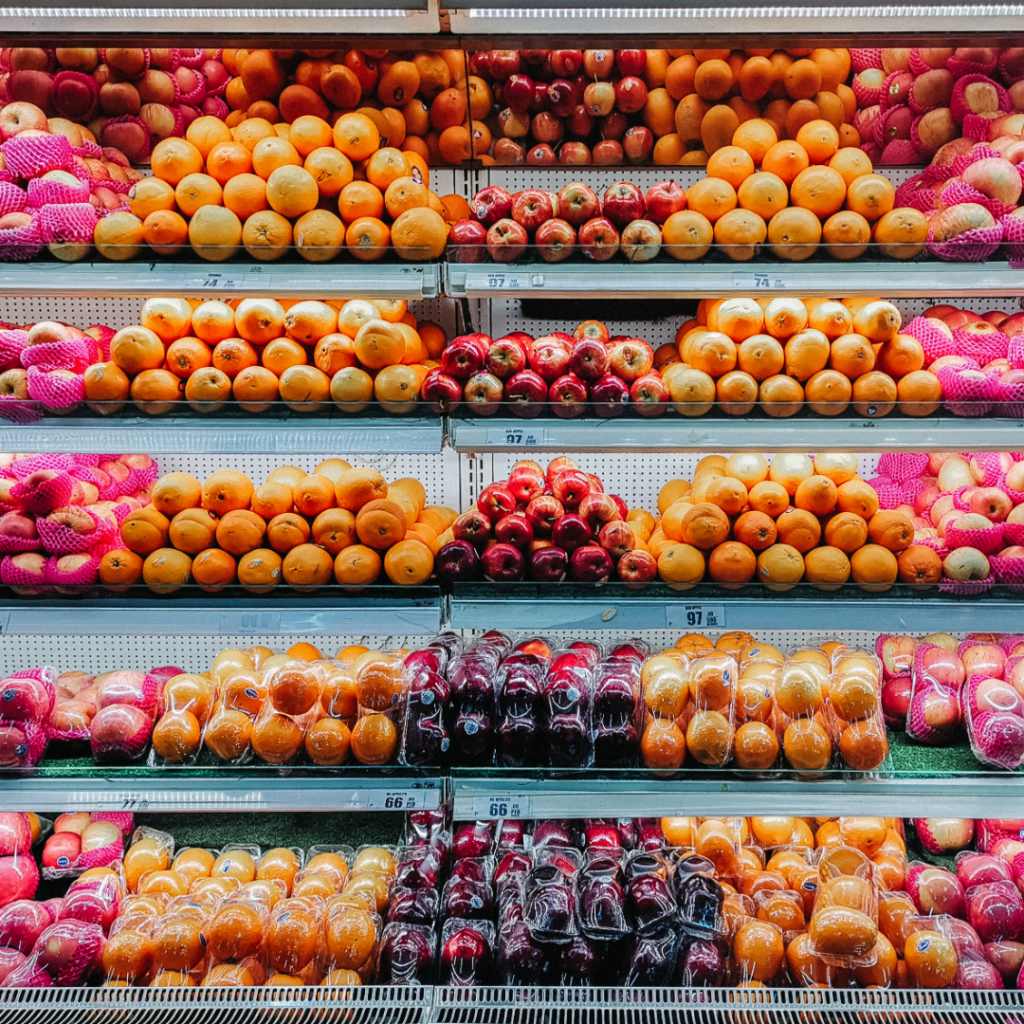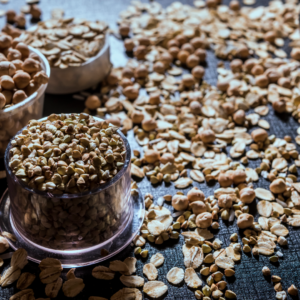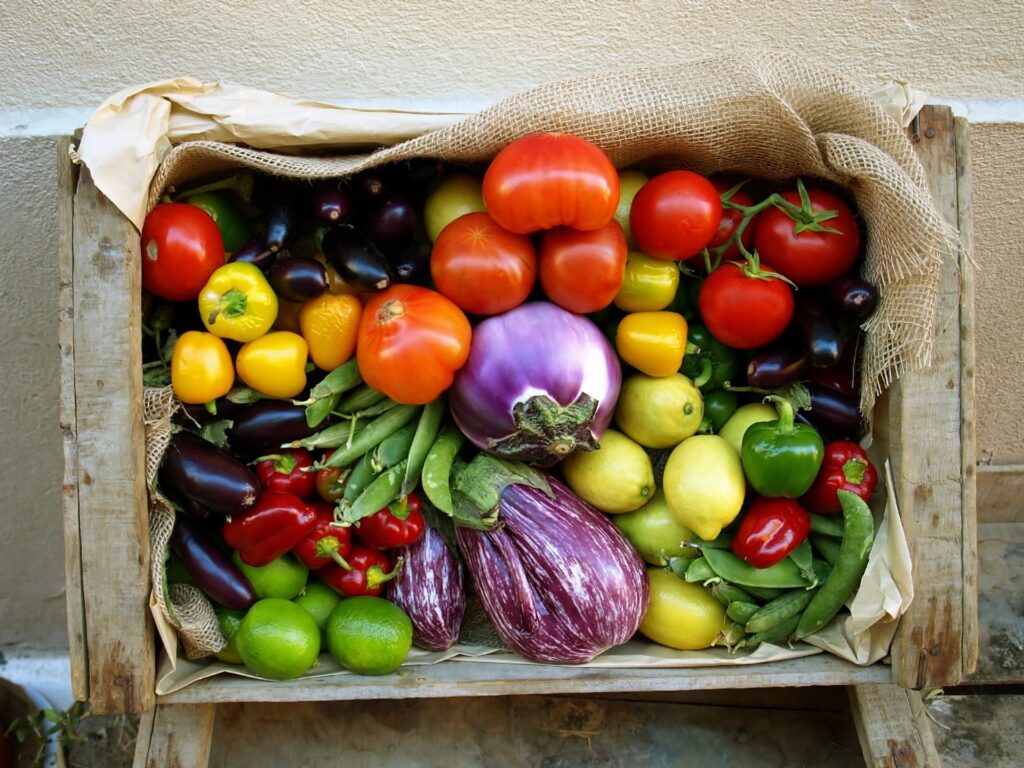When you're shopping for groceries, it's easy to get overwhelmed by the sheer number of products on the shelves. And when you're trying to eat healthily, it's even more challenging to make informed choices when faced with confusing food labels. That's why it's essential to read between the lines and understand what the labels are really telling you. I'll do my best to decode some of the most common terms you'll see on food labels so that you can make informed choices.
Organic
A product labeled "organic" means it has been produced without synthetic pesticides, fertilizers, or other harmful chemicals. Organic products must also meet specific standards regarding the use of antibiotics and hormones in animal products. However, just because a product is labeled organic doesn't necessarily mean it's healthier or more nutritious than non-organic alternatives. It's essential to look at the nutritional information to make sure you're getting what you need.

All-Natural
"All-natural" is a term that's often used to make products sound healthier than they really are. However, there are no specific regulations around the use of this term, so it can be used to describe almost anything. Generally, it's best to be wary of products labeled "all-natural" and instead focus on the ingredients and nutritional information.
Natural Flavors
The term "natural flavors" can be confusing because it doesn't actually tell you much about what's in the product. Natural flavors are derived from natural sources but can still contain chemicals and other additives. If you're concerned about what's in your food, it's best to avoid products that list "natural flavors" as an ingredient and instead choose products with more transparent labeling.
"Free"
When a product is labeled "fat-free," "sugar-free," or "gluten-free," it means that it doesn't contain those ingredients. However, this doesn't necessarily mean that the product is healthy or low in calories. For example, many "fat-free" products are high in sugar or other additives, which can be just as bad for your health.
Superfoods
The term "superfood" is often used to describe foods that are high in nutrients, antioxidants, or other beneficial compounds. However, there's no official definition of what constitutes a superfood, and some products labeled as such may not be healthy. It's essential to look at the nutritional information to ensure you're getting the benefits you want.

Whole Grains
When a product is labeled "whole grain," it means that it contains all parts of the grain, including the bran, germ, and endosperm. This makes whole grains more nutritious than refined grains, which have been stripped of these components. However, be aware that not all products labeled "wheat" are the same as "whole grain." It's essential to look for products that specifically say "whole grain" on the label.
Check the Expiration Date:
It's important to check the expiration date on the product before purchasing. Expired food can be harmful and may not taste as good. Don't assume that all products have a long shelf life, especially those that are organic or free of preservatives.
Watch Out for Hype Words
Terms like "natural" or "healthy" are not regulated by the FDA, which means that they can be used liberally by food manufacturers. Don't be fooled by these terms; always check the ingredient list to ensure the product is healthy.
Don't Be Fooled by Terms Like "Wheat"
Terms like "wheat" or "multigrain" do not necessarily mean that the product is a whole grain product. Always look for the words "100% whole grain" on the packaging to make sure you're getting a healthy product.
"Made With" Doesn't Always Mean Healthy
Just because a product claims to be "made with" a healthy ingredient, such as fruit or nuts, doesn't mean that the product is healthy. Check the ingredient list and nutrition facts to make sure the product doesn't contain high amounts of sugar, salt, or unhealthy fats.

Flip the Package Over
If there are health claims on the front of the package, always flip it over and check the nutritional information. This will give you a better idea of what's actually in the product and whether it's healthy or not.
Keywords Like "Fat-Free" or "Sugar-Free" Might Not Mean What You Think
Products that claim to be "fat-free" or "sugar-free" might still be high in calories or contain artificial sweeteners or other additives. Always check the nutrition facts and ingredient list to make sure you're getting a healthy product.

Watch Out for Hidden Sugar
Sugar can be hidden in many forms, such as high fructose corn syrup, molasses, or dextrose. Always check the ingredient list for hidden sugars and be aware of products marketed as "healthy" but high in sugar.
Remember That Serving Size Matters
The nutrition facts on the package are based on the serving size, so it's important to pay attention to the serving size listed. Don't assume that the entire package is one serving.
Pay Attention to Ingredients, Not Just Totals
Not just the total amount of calories, fat, or sugar matters. Pay attention to the ingredient list and look for products with simple, whole food ingredients.
It's a lot. I know. Understanding food industry jargon is essential to make informed choices. Here are your key takeaways. Always read the ingredient list and nutrition facts; don't be fooled by hype wo

